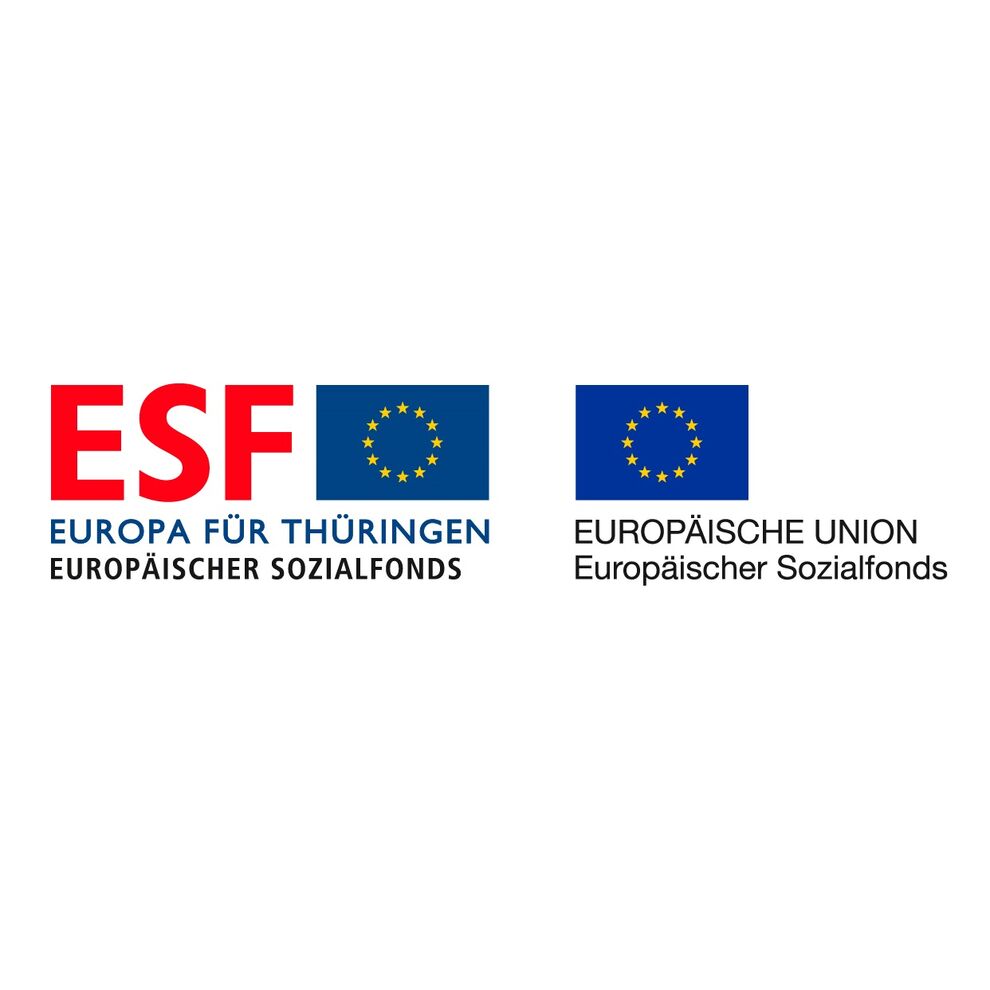
MORPHO-TOX

Integration of morphological and biological correlates by optical methods for detecting toxicity (MORPHO-TOX)
Funding
The project is financed by the Free State of Thuringia under the number 2019 FGR 0083 and co-financed by European Union funds within the framework of the European Social Fund (ESF).
Aim of the project: Automated detection of intoxicated cells
In the recently launched MorphoTox research network, scientists from the University Hospital Jena, the Technical University of Ilmenau and the Leibniz-IPHT are developing an evaluation platform that can be used to determine cell reactions to toxic substances early and effectively. This platform is to be used in drug testing or for new diagnostic procedures. The research group is receiving over 600,000 euros in funding from the Thüringer Aufbaubank.
press release: (UKJ/vdG)
In the search for new drugs, tens of thousands of substances are found every year that are suitable as new drugs because of a specific biochemical property - and almost all of them prove to be unsuitable. Only about one in a thousand candidates reaches the clinical trial phase. In addition to effect-specific tests, it is mainly toxicity tests that cause the substances to fail. These tests first determine whether drug candidates damage healthy cells in cell culture. "These cell-based toxicity tests detect biochemical effects occurring near to cell death," says Prof. Dr. Ralf Mrowka from the University Hospital in Jena, "but we know that toxic reactions manifest themselves beforehand in a changed cell shape. We want to detect these morphological changes optically at an early stage".
The spokesman for the Thuringian Innovation Center for Medical Technology Solutions (ThIMEDOP) thus describes the goal of a research cooperation recently launched between the University Hospital Jena, TU Ilmenau and Leibniz-IPHT. To this end, the participants not only have access to the most modern microscopic and spectroscopic analysis technology at the Innovation Center, but also use the most modern methods in their respective research fields, such as CRISPR/Cas9 gene editing and machine learning. In the two-and-a-half year research plan, biologist Dr. Kathrin Groeneveld is responsible for cell biological experiments with kidney and liver cells: "In an earlier project, we were able to identify signalling pathways through which a large number of reactions to toxic substances are mediated. We label these genes with optical markers and use these cells to characterize the toxicity of our test substances.”
Training data for machine learning
The reaction of the nonlabelled cell lines to defined toxin doses is then measured. The partners at the TU Ilmenau use so-called fluorescence lifetime measurements for this purpose. "In order to better integrate the image data from these investigations into the platform, we want to make the measurement methodology and the subsequent image calculation more robust and faster," says Prof. Dr. Jens Haueisen from the Institute for Biomedical Engineering and Computer Science, describing one part of the project.
The scientists at the IPHT are investigating the altered shape of the intoxicated cells using spectroscopic imaging methods, such as multimodal imaging. The analysis of the image data obtained is the second major part of the project. "In addition to a reliable correction of measurement artifacts, the challenge is to combine the results of the different investigation methods," says PD Dr. Thomas Bocklitz, head of the Photonic Data Science department at the IPHT. The appropriately processed measurement data will be used as training data for machine learning algorithms on which the resulting evaluation platform is based.
Potential applications of the platform are not only toxicity tests of drug candidates, where the early detection of toxic cell reactions helps to save expensive animal or patient studies. It would also be conceivable to use the platform for the detection of intentional toxic reactions, for example in the testing of new chemotherapeutic drugs. Analyses of cell lines obtained from patient samples could also be used as individualised toxicity tests and contribute to personalized therapy decisions. Ralf Mrowka: "The MorphoTox platform should be available to all users in the Innovation Center for future research projects. The Thüringer Aufbaubank is supporting the development of the evaluation platform planned for the next two and a half years with over EUR 600 000 (2019 FGR 0083).
Contact:
Prof. Dr. Ralf Mrowka
Universitätsklinikum Jena, ThIMEDOP
E-Mail: Ralf
phone.: 03641-9396600
Partners:
Prof. Dr. Jürgen Popp, Dr. Thomas Bocklitz
Leibniz Institute of Photonic Technology, Reg. Assoc.
Prof. Dr.-Ing. Jens Haueisen, Dr.-Ing. Matthias Klemm
Technische Universität Ilmenau

